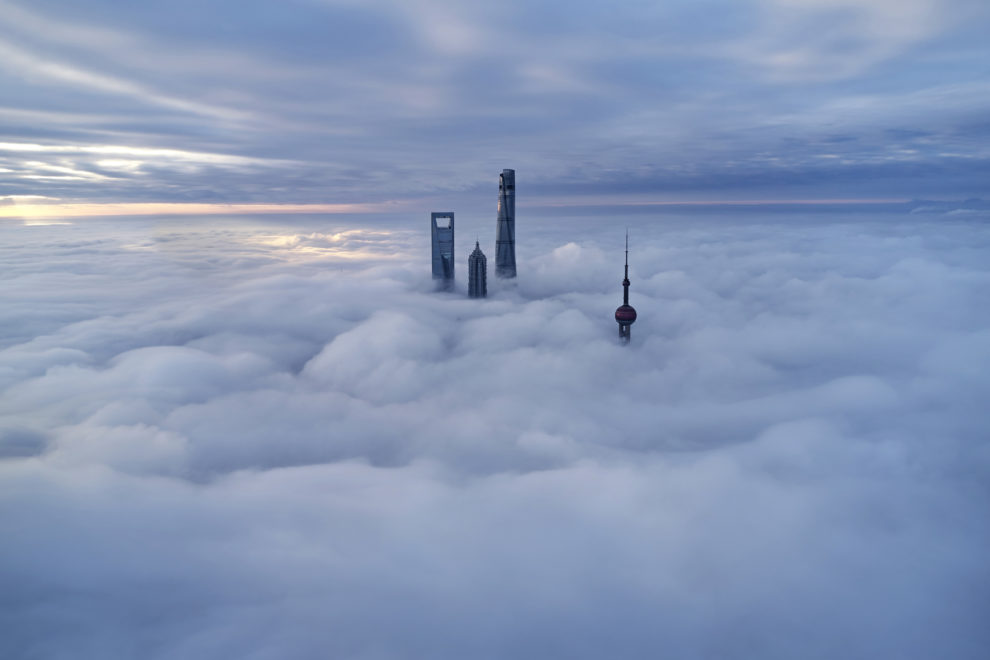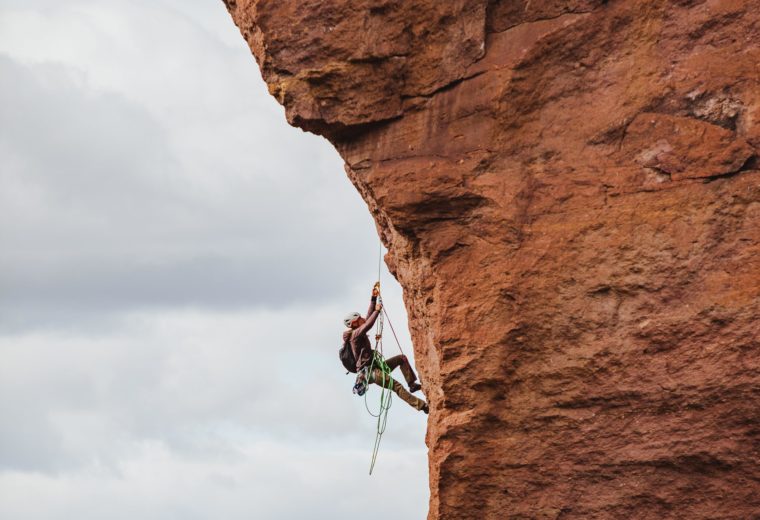© zorazhuang
A protected work is visible within your creation and you are wondering whether it is necessary to obtain the author’s permission to use it?
In principle, the appearance of a protected work within a new creation is subject to obtaining the author’s permission. Thanks to the monopoly they enjoy over their works, authors are free to accept or refuse their use by others.
European law* sets out a number of exceptions to this principle. It is not necessary to obtain the author’s permission in two cases:
1) The use of works such as architectural works or sculptures designed to be permanently displayed in public places;
2) In the case of the accidental inclusion of a work in a new creation.
These exceptions have not been transposed into French law, which means that they are not a priori applicable in France. However, in a number of court decisions, judges have enshrined a theory which, on certain points, seems to be inspired by these two exceptions to copyright: the theory of the accessory.
Its principle is as follows: when the representation of a protected work within a new creation appears to be “incidental” to the main subject of the new creation, judges consider that it is not necessary to obtain the author’s permission.
What is the incidental theory?
Originally, the theory of the accessory only concerned works located in public places, i.e. architectural or sculptural creations. The reason for this is that if a protected monument is located in a public place, it is necessarily visible to everyone: its representation to the public is therefore inevitable.
So if you want to photograph a public place as a whole, and a protected work is in your field of vision, this work will inevitably be reproduced in your shot, because it is quite simply an integral part of the place. It is simply an “accessory” element of the main subject, which is the place as a whole.
In this sense, the accessory theory is similar to the public place exception (1) provided for in European law; but over time, judges have extended the scope of this theory to works located outside public places.
Judges now consider that the appearance of a protected work within a new creation can be considered “incidental”, even if the work is not located in a public place. In other words, as long as the work is ‘fused’ into a whole, the theory of accessory can be applied, regardless of the nature of the place in which it is located.
All these considerations are based on the same assumption: the protected work is reproduced “by chance” in the new creation, because it is in the field of vision of the main subject that is to be photographed or filmed. The author of the new creation does not intend to reproduce this work for its own sake or for what it might add to his own creation: its presence is not the result of a deliberate choice. This criterion seems to be inspired by the incidental inclusion exception (2) provided for in European law.
In this context, it is interesting to consider how to determine the intention of those who reproduce a protected work within their own creation.
- In the case of a documentary film, one of the objectives is to convey the truth, which means preserving the filming locations as they really are. Protected works may therefore be reproduced, not for their own sake or for what they might add to the documentary, but simply because they are part of the real setting of the place filmed. There is therefore a priori no real intention to reproduce these works.
- In the case of a non-documentary film, the determination of intention is immediately less obvious. In advertising films, for example, set elements are very rarely chosen by chance because they play a specific role within the advertisement: intent is therefore easy to demonstrate.
Summary of the conditions of the incidental theory
To sum up, for the theory of accessory to be applied, two conditions must be met:
The representation of the work in the new creation must be “incidental” to the main subject of the creation, regardless of whether the work is in a public or private place.
The setting visible in the new creation must not have been deliberately chosen because of the work it contains, either for the work itself or for what it could contribute to the new creation.
From theory to practice
The conditions for applying the theory of the accessory are in reality difficult to meet. It also depends very much on the type of creation you want to create. The theory will be easier to invoke for editorial projects (such as documentary films) than for other commercial and creative projects where greater care will be needed (such as advertising films or feature films).
Furthermore, the theory of the accessory has never been enshrined in French law. Only judges have enshrined it, admittedly in various court rulings, but not always using strictly identical criteria. This situation therefore creates legal uncertainty for those wishing to invoke this theory.
In this context, it is strongly recommended that you contact a specialist law firm to assess the risks involved in reproducing protected works within your own creations.
*Directive 2001/29/EC of the European Parliament and of the Council of 22 May 2001 on the harmonisation of certain aspects of copyright and related rights in the information society.
The Chaînon Manquant team will be delighted to advise you on the subject, and is at your disposal to meet your needs for clearances. We look forward to hearing from you.



